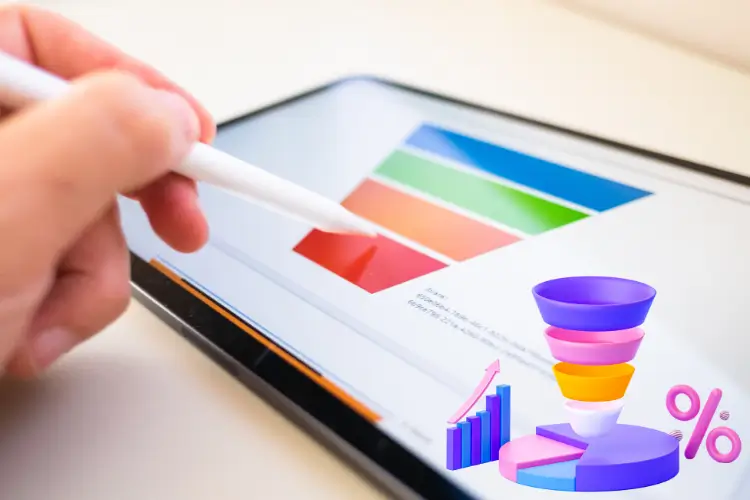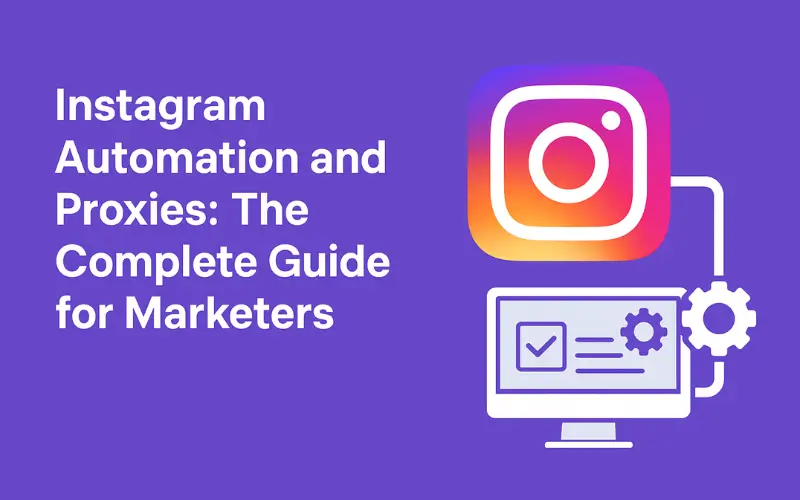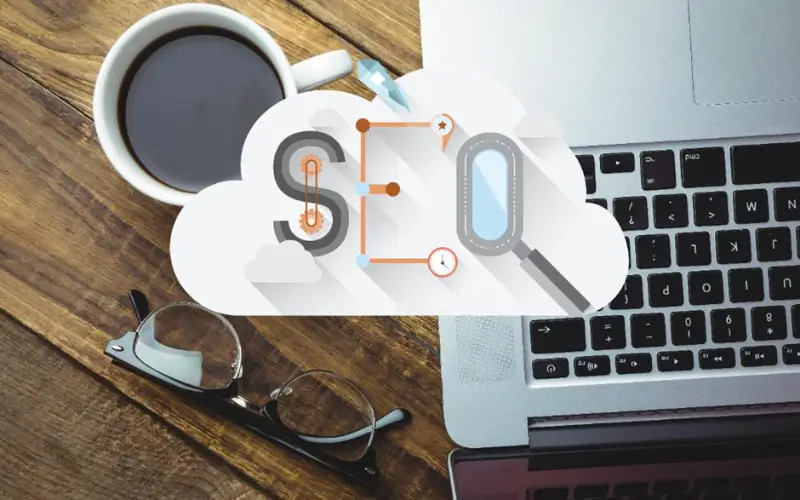In today’s fast-paced digital landscape, creating effective sales funnels is essential for converting leads into loyal customers. A well-structured funnel guides potential clients through their buyer’s journey, ensuring that each step effectively addresses their needs and concerns. This article outlines best practices for building sales funnels that perform exceptionally well, specifically within the context of digital marketing and advertising strategies in the United States.
Understanding the Sales Funnel
What Is a Sales Funnel?
A sales funnel is a visual representation of the journey a potential customer takes from awareness to purchase. It typically consists of several stages:
- Awareness: The potential customer learns about your product or service.
- Interest: They express interest and seek more information.
- Consideration: They evaluate your offerings against competitors.
- Intent: The potential customer demonstrates intent to purchase.
- Purchase: The final stage where the transaction occurs.
Importance of Sales Funnels in Digital Marketing
Sales funnels are particularly vital in digital marketing because they help advertisers:
- Identify and target specific customer segments.
- Measure the effectiveness of marketing campaigns.
- Optimize conversion rates through data analysis.
- Improve customer retention and loyalty by fostering relationships.
Best Practices for Building Sales Funnels
To create high-performing sales funnels, it’s crucial to implement effective strategies at each stage of the funnel. Below are some best practices:
1. Define Your Target Audience
Understanding who your ideal customer is lays the foundation for your sales funnel.
- Create Buyer Personas: Develop detailed profiles of your ideal customers, including demographics, interests, and pain points.
- Conduct Market Research: Analyze market trends and consumer behavior to refine your understanding of your audience.
2. Optimize Each Funnel Stage
Each stage of the sales funnel requires tailored content and strategies:
Awareness Stage
- Content Marketing: Create informative and engaging content such as blogs, videos, and infographics that resonate with your target audience.
- SEO: Optimize your content for search engines to enhance visibility and attract organic traffic.
- Social Media Advertising: Utilize platforms like Facebook, Instagram, and LinkedIn to reach potential customers through targeted ads.
Interest Stage
- Lead Magnets: Offer valuable resources (e.g., eBooks, webinars) in exchange for contact information to nurture leads.
- Email Campaigns: Send personalized email campaigns that provide additional information about your products or services, encouraging further engagement.
Consideration Stage
- Case Studies and Testimonials: Showcase success stories and customer reviews to build trust and credibility.
- Comparison Guides: Create content that highlights the unique features of your offerings compared to competitors.
Intent Stage
- Retargeting Ads: Use retargeting strategies to remind potential customers of products they viewed, enticing them to return and complete their purchase.
- Limited-Time Offers: Implement promotions or discounts that create urgency and encourage immediate action.
Purchase Stage
- Streamlined Checkout Process: Simplify the purchasing process to reduce cart abandonment rates. This can include minimizing form fields and offering multiple payment options.
- Follow-Up Emails: After a purchase, send thank-you emails and recommendations for complementary products or services to enhance the customer experience.
3. Utilize Automation Tools
Implementing automation tools can significantly enhance the efficiency of your sales funnel:
- Email Automation: Use platforms like Mailchimp or HubSpot to automate email campaigns based on user behavior.
- CRM Systems: Employ customer relationship management (CRM) tools to track leads, manage interactions, and analyze sales data.
4. Measure and Analyze Performance
Regularly assessing the performance of your sales funnel is vital for ongoing optimization:
- Track Key Metrics: Monitor metrics such as conversion rates, bounce rates, and customer acquisition costs to gauge the effectiveness of your funnel.
- A/B Testing: Experiment with different content, layouts, and CTAs (calls-to-action) to identify what resonates best with your audience.
5. Optimize for Mobile
With an increasing number of consumers shopping on mobile devices, ensuring your sales funnel is mobile-friendly is essential:
- Responsive Design: Implement a responsive design that adapts to various screen sizes and devices.
- Mobile Payment Options: Offer mobile-friendly payment options to facilitate quick and easy transactions.
6. Leverage Connected TV Advertising
Incorporating connected TV (CTV) advertising into your marketing strategy can help reach audiences at various stages of the sales funnel:
- Brand Awareness: Utilize CTV to create brand awareness among viewers who may not be familiar with your products.
- Targeted Campaigns: Leverage data-driven targeting to reach specific demographics, ensuring your ads resonate with your audience.
7. Integrate Performance Marketing Strategies
Implementing performance marketing tactics can further enhance your sales funnel:
- Pay-Per-Click (PPC) Advertising: Use PPC campaigns to drive traffic to your landing pages and increase conversions.
- Programmatic Advertising: Automate ad buying to optimize your advertising spend and target potential customers effectively.
8. Focus on Demand Generation
Demand generation strategies can effectively nurture leads and drive them through the sales funnel:
- Content Syndication: Share your content across various platforms to reach a broader audience.
- Webinars and Live Events: Host online events that engage potential customers and showcase your expertise.
9. Foster Customer Relationships
Building strong relationships with customers can enhance loyalty and retention:
- Customer Feedback: Actively seek feedback to understand customer needs and preferences.
- Loyalty Programs: Implement loyalty programs that reward repeat customers, encouraging them to stay engaged with your brand.
10. Continuously Refine Your Funnel
Sales funnels are not a one-time effort; they require ongoing refinement and adaptation:
- Stay Updated on Trends: Keep abreast of digital marketing trends and consumer preferences to ensure your funnel remains relevant.
- Iterate Based on Data: Use analytics to make informed decisions about changes to your funnel, continually optimizing for better performance.
Conclusion
Building effective sales funnels is an ongoing process that requires careful planning, execution, and refinement. By understanding your target audience, optimizing each funnel stage, leveraging automation, and continuously measuring performance, you can create high-performing sales funnels that drive conversions. Implementing these best practices will enhance your digital marketing efforts, ultimately resulting in greater success for your advertising campaigns.




